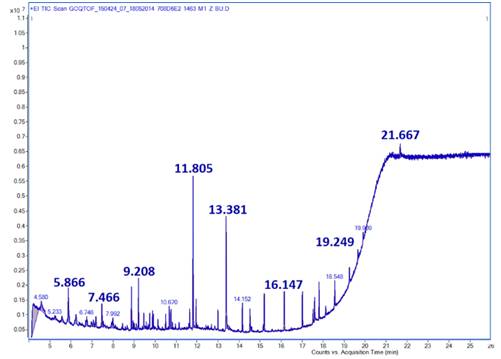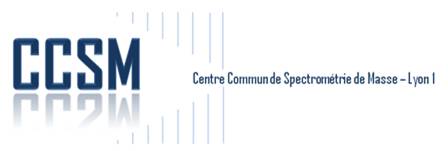|
Introduction
For over twenty years, researchers from the University Claude Bernard – Lyon 1 have studied marmots living in the French Alps in the Savoy region La Grande Sassière nature reserve. They have tracked family groups in different territories: a typical family group consists of one dominant adult couple, a variable number of subordinate adults of both sexes (at least two years old), juveniles (one to two years old) and pups of the year.
The purpose of the preliminary study was to gain further insights on the scent marking behavior, using mass spectrometry to analyze and quantify compounds from three different gland secretions: anal, oral and orbital. By connecting them to marmots’ characteristics such as age and sex, we wanted to verify if identified compounds could lead the individuals to discriminate their peers.
Experimental conditions
Secretions were collected in glass vials, stored in dichloromethane and refrigerated until injection. The samples were left for 30 minutes at room temperature and transferred into a clean glass vial. The analyses were performed on an Agilent 7200 QTOF for GC/MS equipped with a non-polar HP-5 MS 5% phenyl-methyl-siloxane column (30.0 m long × 0.25 mm ID × 0.25 µm film thickness) and connected to a mass spectrometer detector with a split/splitless inlet used in the splitless mode. Helium was used as the carrier gas at a constant flow of 1.2 mL min-1 and the injection port temperature was 220°C. The purge flow to split vent was 50 mL min-1 at 1.00 min. An auto-injection system was used to inject 1.0 µl of the solution into the GC-MS. The oven temperature was programmed from 40°C (2 min isothermal) to 310°C (15 min isothermal) at a rate of 15°C/min.
Results
In order to compare the results, a calibration is made using peak total area for each individual, and a new intensity for each component was calculated. The samples used for this presentation are all from oral glands of male individuals, to only highlight an age-related difference in secretion composition. Five babies, five juveniles and five dominant adults’ samples were analyzed.
Dimethyl sulfone seen at a retention time of 5.866 min (Fig. 1) was chosen here. A one-way analysis of variance showed a difference in the molecule distribution according to individuals’ age (Fig. 2). It was possible to differentiate adults from pups and juveniles from pups. Dimethyl sulfone could be a molecule synthesized by marmots from the age of one year old. It is also known as molecule naturally occurring in plants, so it could also be an age marker related to a change in the animals’ diet. Further studies would confirm or reject these assumptions.
Conclusion
Molecule separation, identification and quantification using GC/MS can highlight differences in the composition of glandular secretions according to individuals’ age. The results prove the method we chose is working and can be used for further studies to determine how marmots interact within the group. Information provided by smell from body secretions could explain the recognition in family groups.
|
|

Oral chromatogram of a male individual

Dimethyl sulfone average value according to individuals’ age
|




